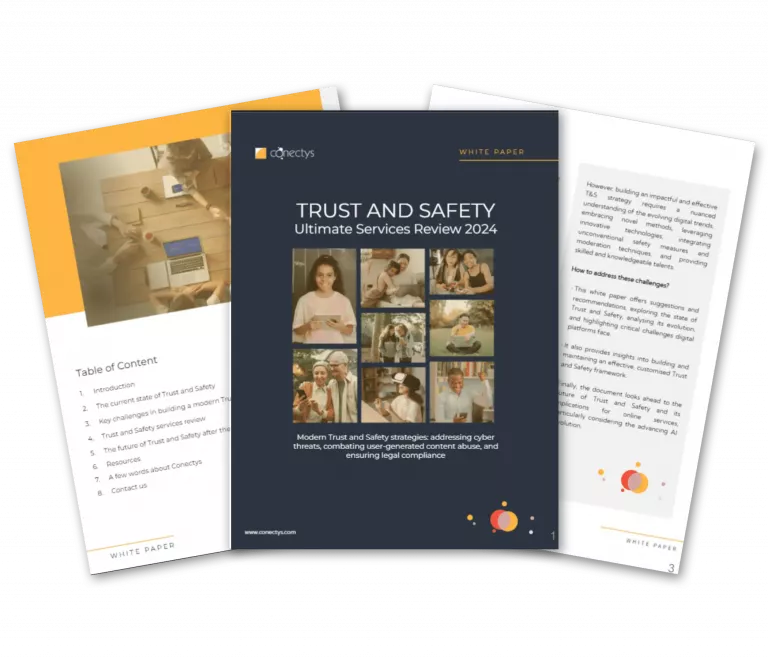How easy is it for customers to do business with you? The answer to that question is more important than you might think. Research shows that 94% of customers who have a smooth interaction with a brand intend to buy from them again. That’s why savvy businesses now track their Customer Effort Score (CES), a powerful metric designed to measure and minimize friction in the customer journey. By making life easier for your customers, you can build the kind of loyalty that lasts.
Defining Customer Effort
The Customer Effort Score (CES) is a customer experience metric that measures how much work a customer has to put in to complete a task with your business. This could be getting a question answered, resolving a support issue, or making a purchase. The core idea is that customers are more loyal to products and services that are simple and straightforward to use.
Think of it this way: if a customer can resolve their issue in a single, quick chat, that’s a low-effort, positive experience. If they have to navigate a maze of phone menus, repeat their issue to multiple agents, and wait on hold, that’s a high-effort, frustrating experience that could drive them straight to a competitor.
Why Reducing Effort Boosts Your Bottom Line
When you measure customer effort and actively work to improve it, you’re not just making customers happier; you’re investing in your bottom line. An effortless experience is a superpower for your brand, helping you:
- Strengthen Customer Loyalty: Effort is a stronger predictor of future purchases than satisfaction. Making interactions seamless encourages customers to return.
- Prevent Negative Word-of-Mouth: Frustrated customers are far more likely to share their bad experiences. A high-effort interaction is a major red flag for your brand’s reputation.
- Decrease Operational Costs: When you reduce customer effort, you often streamline your own processes. Solving issues on the first contact can reduce repeat calls by up to 40% and escalations by 50%.
CES and NPS: A Powerful Partnership
You might be familiar with the Net Promoter Score (NPS), which asks how likely a customer is to recommend your company. So, how does CES fit in? The two are complementary, not competitors.
- CES is transactional, focusing on the ease of a specific interaction, like a support call or a purchase.
- NPS measures the overall relationship and long-term loyalty a customer has with your brand.
While NPS is great for a big-picture view, CES gives you targeted, actionable feedback on specific touchpoints in the customer journey.
Calculating Your Customer Effort Score
Figuring out your CES is straightforward. After sending out a survey, you can use a simple formula to find the average of all the scores collected.
CES = Sum of all scores ÷ Total number of responses
For example, if you survey 150 people on a 5-point scale and the total sum of their scores is 600, your calculation would be:
600 ÷ 150 = 4
Your CES would be 4 out of 5.
Designing an Effective Survey
The quality of your feedback depends on asking the right questions in the right way. Here are some best practices for your surveys.
Choosing Your Rating Scale
You have a few options for the rating scale in your survey:
- Numerical Scale: A 1-5 or 1-7 scale is common. For example, you might ask customers to rate the ease of their experience, where 1 is “Very Difficult” and 7 is “Very Easy.”
- Likert Scale: This scale presents a statement (e.g., “The company made it easy for me to handle my issue.”) and asks customers how much they agree or disagree.
- Emoticons: A simple scale using smiley, neutral, and frowny faces can be a quick and visually intuitive way to gather feedback, especially for minor interactions.
Crafting the Perfect Question
Your questions should be clear, concise, and focused on a single interaction. It’s best to send the survey immediately after the customer has completed an action to get the most accurate feedback.
Here are some example questions for different scenarios:
- For Customer Support: “Overall, how easy was it to solve your problem today?” or “How much effort did you personally have to put forth to handle your request?”
- For Website/App Experience: “How easy was it to find the information you were looking for on our website?”
- For Product Onboarding: “How easy was it to get started with this product?”
Strategies for a Smoother Customer Journey
Once you know your score, the goal is to improve it by making things easier for your customers. Here are some proven strategies:
- Offer Self-Service Options: Empower customers to find their own answers quickly with a comprehensive FAQ page, knowledge base, or resource center.
- Provide Multiple Channels: People have different preferences. Offering support through email, live chat, and phone allows your customers to choose the channel that’s most convenient for them.
- Focus on First-Contact Resolution: Aim to solve a customer’s issue in their very first interaction. This avoids frustrating follow-ups and repeat contacts, which are major sources of high effort.
- Minimize Repetition: Nobody likes repeating themselves. Ensure customer information and conversation history are passed seamlessly between agents or channels so the customer doesn’t have to start from scratch.
- Use AI-Powered Tools: Modern AI tools can help your agents work more efficiently. Features like automatically summarizing tickets or suggesting responses can speed up resolution times and delight customers.
Ultimately, focusing on customer effort is about respecting your customer’s time and energy. By making their journey as smooth as possible, you build the kind of lasting loyalty that grows your business.
Ready to make your customer experience truly effortless? Reach out to see how we can help you get started.


